Human Rights of The Internally Displaced Persons: Law and Practice
Internally Displaced Persons (hereinafter referred to as IDPs) are to be found in every par of the world and with each year passing by, we find million of people being displaced. Displacement is painful; internal displacement causes humanitarian and human rights crisis of major proportion that call for clear guideline that could be applied to all IDPs regardless of the causes of their displacement; the country concerned; or the legal, social, political and military situation. The reality is that the IDPs constitute millions of vulnerable people whose human rights are to be protected and respected. The problem of displacement; the country concerned; or the legal, social, politician or military situation. The reality is that the IDPs constitute millions of vulnerable people whose human rights are to be protected and respected. The problems of displacement has never received the attention it deserves. There is no adequate system of protection and assistance for the displaced people. No specific legal instrument effectively covers the particular needs of the IDPs and no specific institution is mandated to address those needs. As internally displaced people do no cross international borders they cannot specifically come under the jurisdiction of United Nations High Commissioner for Refugees (UNHCR). Hence, the IDPs need more protection and humanitarian assistance. The absence of any legal instrument creates vacuum in the protection of human right of the IDPs under the regime of International Law. There is not much of a difference if we look into the scenario in the Indian perspective as well.
Another front of which we need to ponder is the aspect of Resettlement and Rehabilitation. The existing rehabilitation policies have their own shortcomings. The most common is that when there is a conflict between the statute and the policy, the latter yields of the statue. None can deny the fact the displacement is the inevitable consequence of development, but at the same time, the policies also need to take care of rehabilitation of the displaced population. When the cause of displacement is particularly not human made, the state should in fact be ready to rehabilitate the displaced by providing them relief camp, food, shelter and housing. However, the overall response to the issue of internal displacement, rehabilitation and resettlement has been ad-hoc and incoherent. Against this backdrop, this book tries to trace the conceptual and historical development of the rights of IDPs in the national as well as international perspective, thereby duly distinguishing the refugees from the IDPs. The role of United Nations and agencies under its aegis has been highlighted separately. The book elaborately provides an introspection of protection mechanism and policy formulation for IDPs under the Indian law. In doing so the role of executive and judiciary in India has been examined separately. Further, the hydro-electric potential of the small Himalayan State of Sikkim has captivated the attention of the hydro-power giants. This has doubled the vulnerability of the mountain system and its settlement. In view of this, the present book has also examined the displacement scenario in the state of Sikkim.
Get it now and save 10%
BECOME A MEMBER

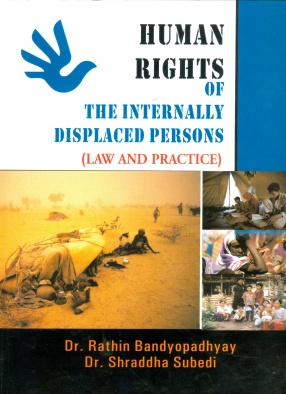
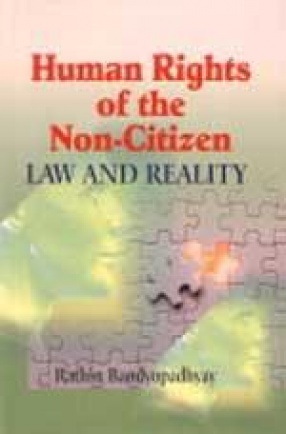
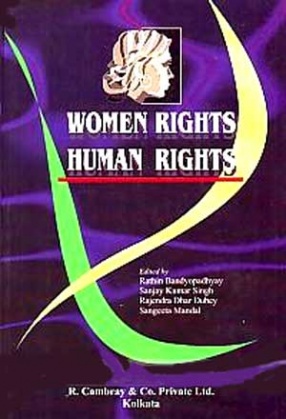
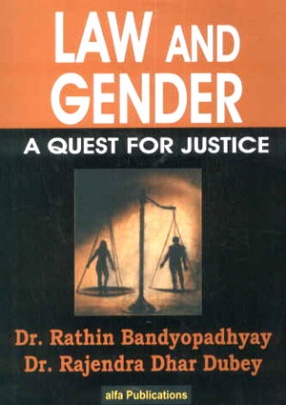
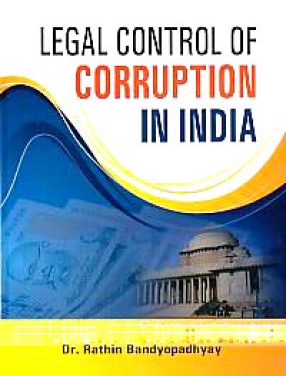
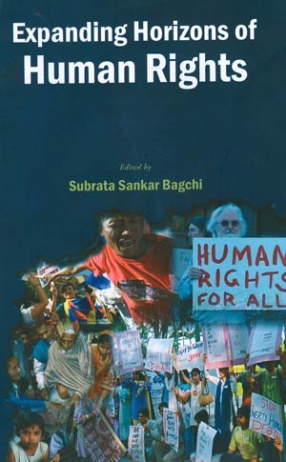

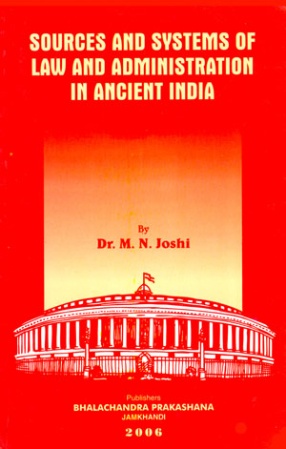
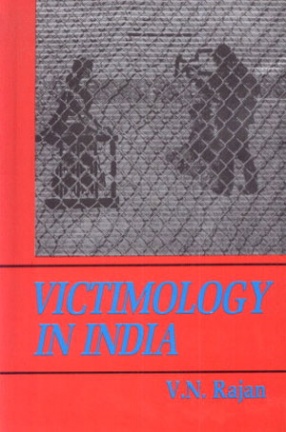

Bibliographic information
Shraddha Subedi